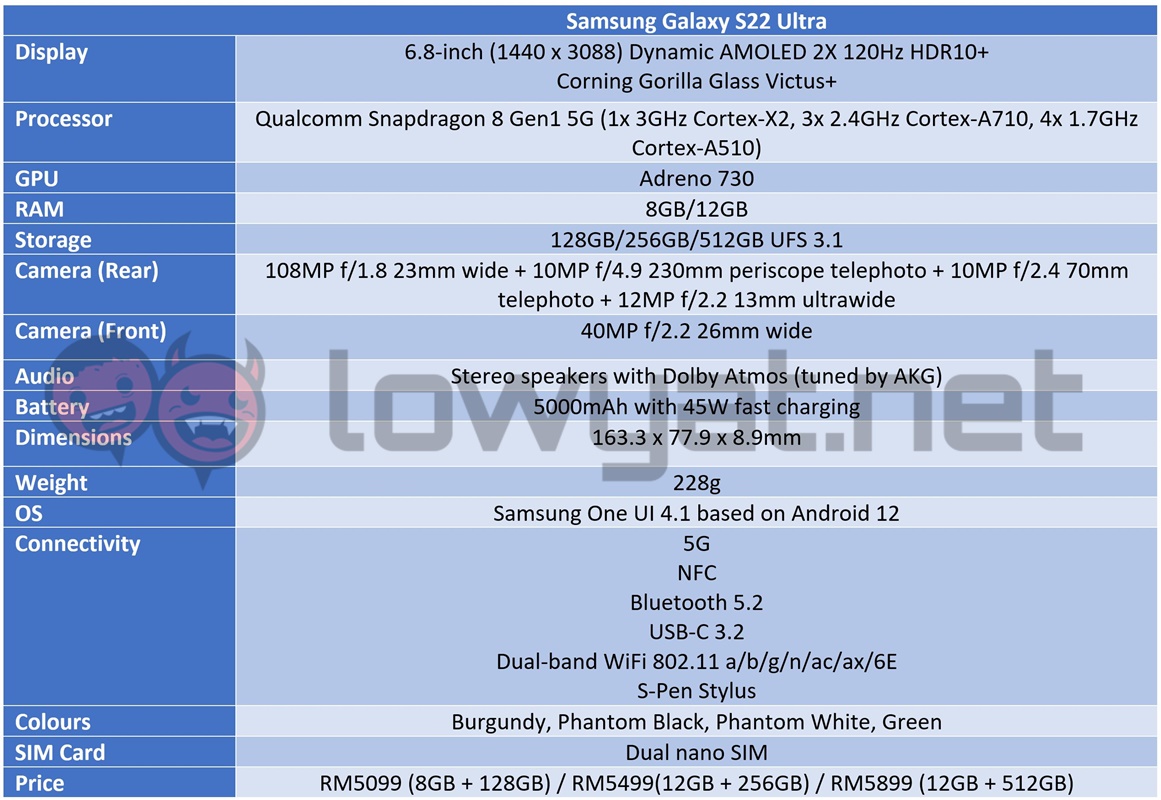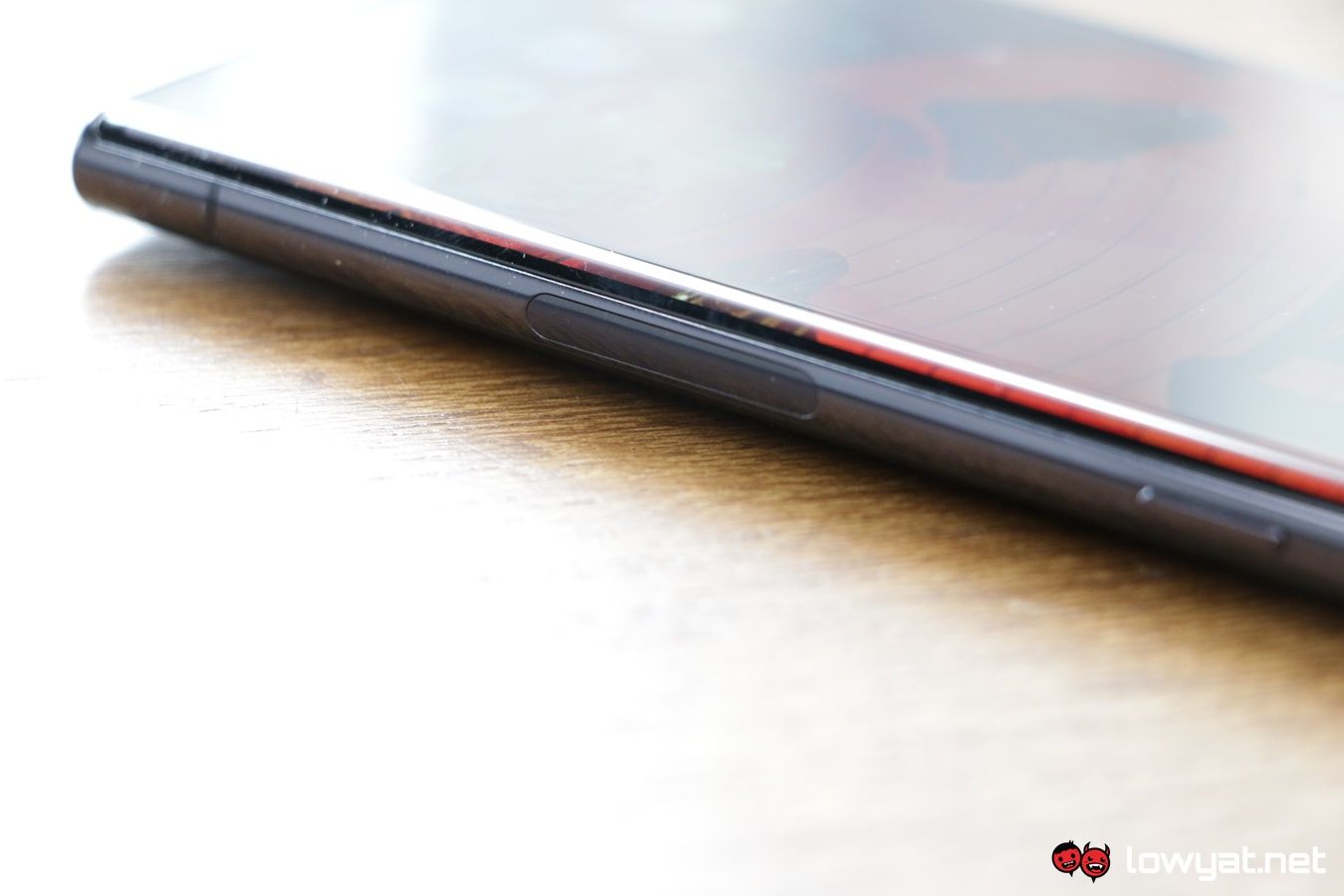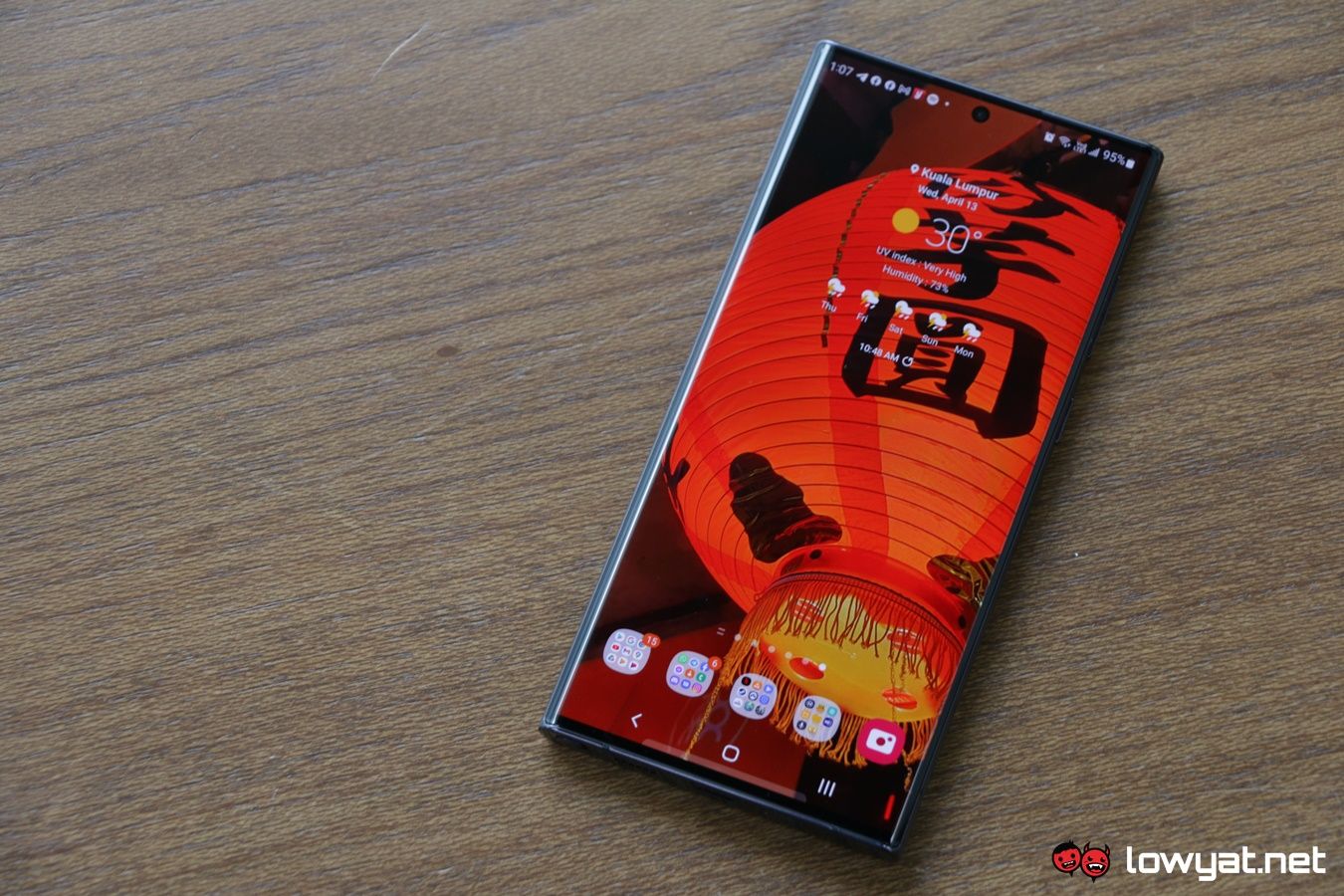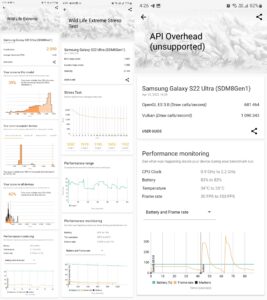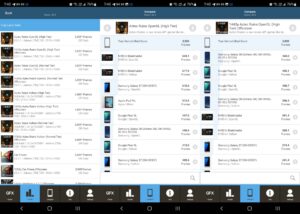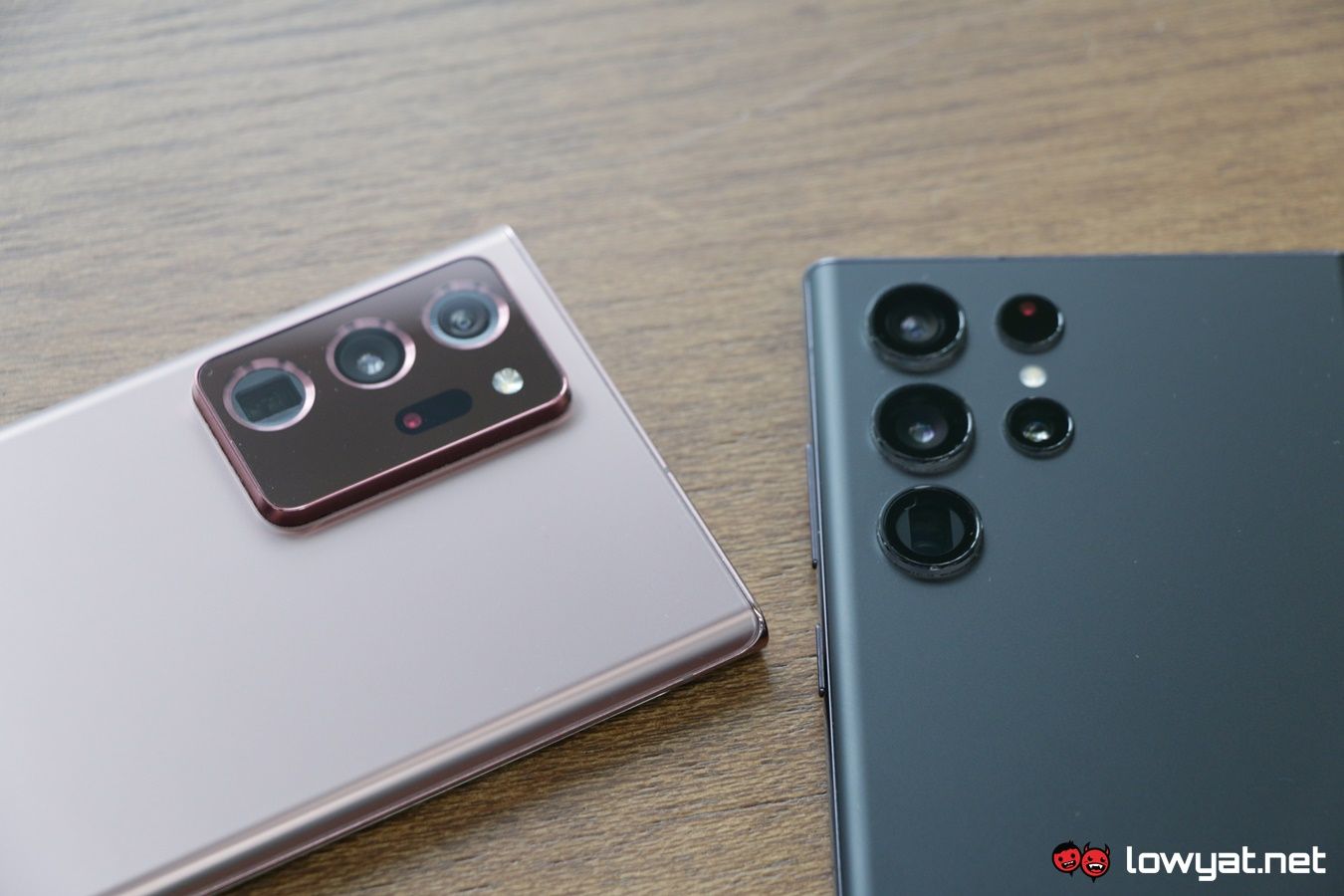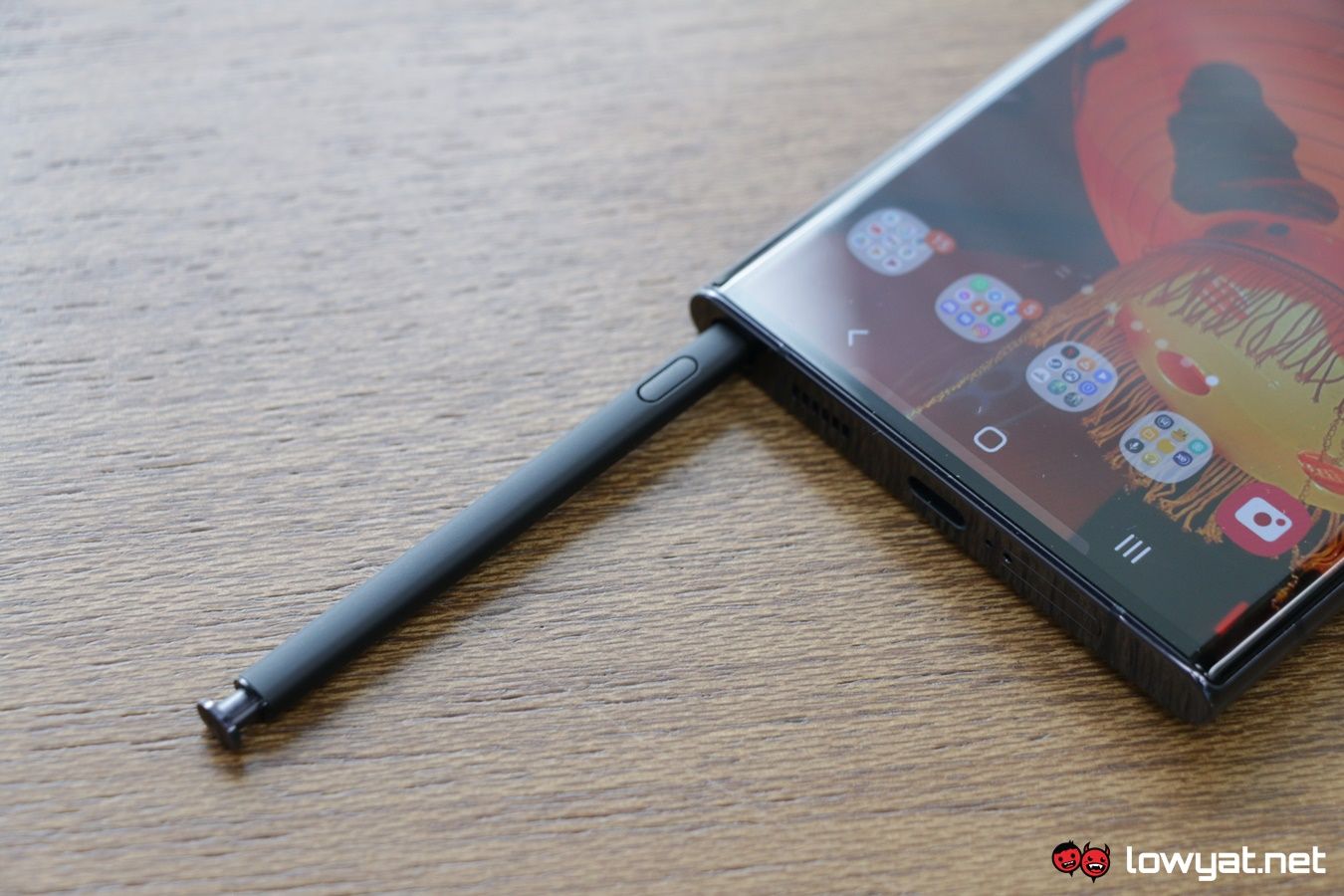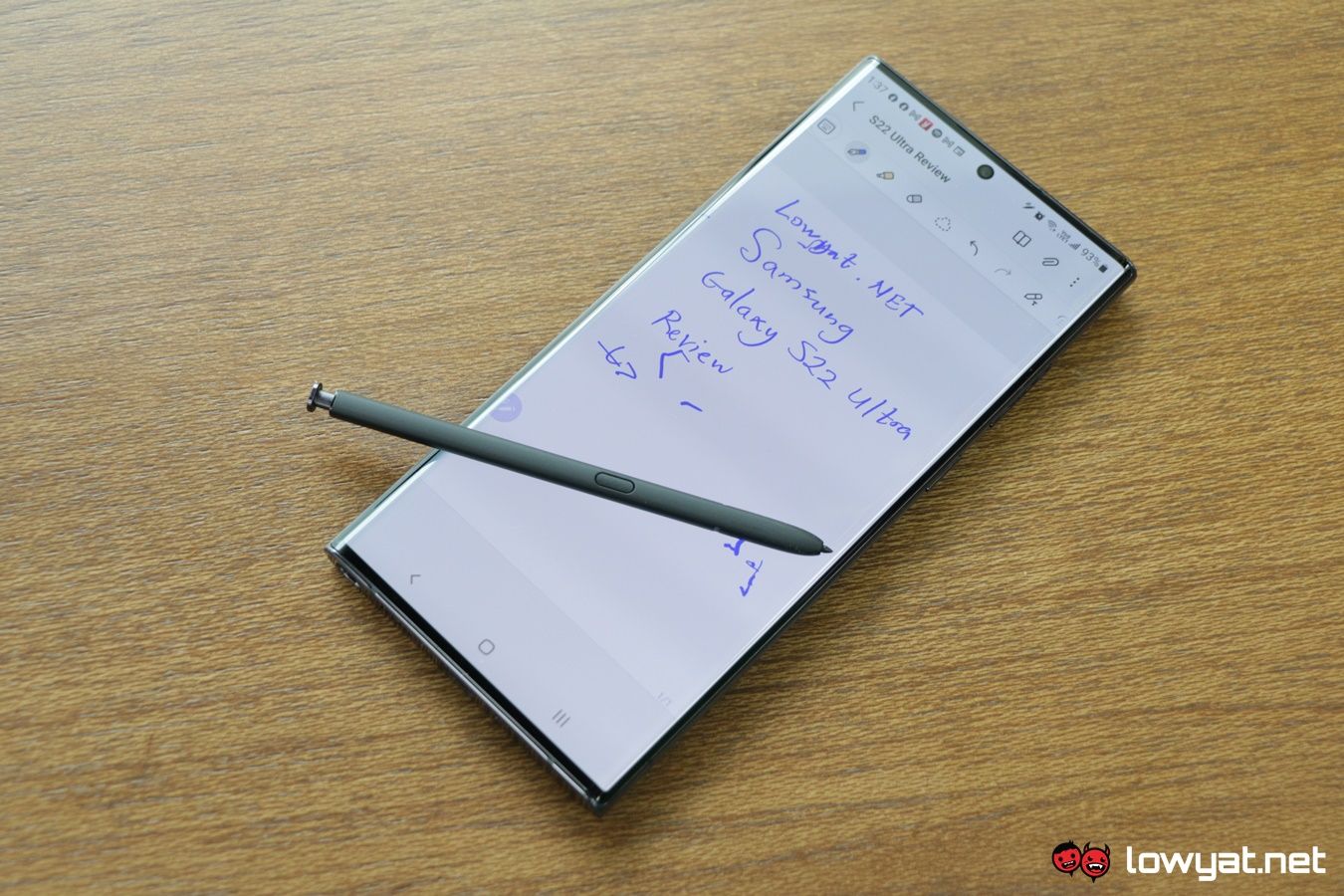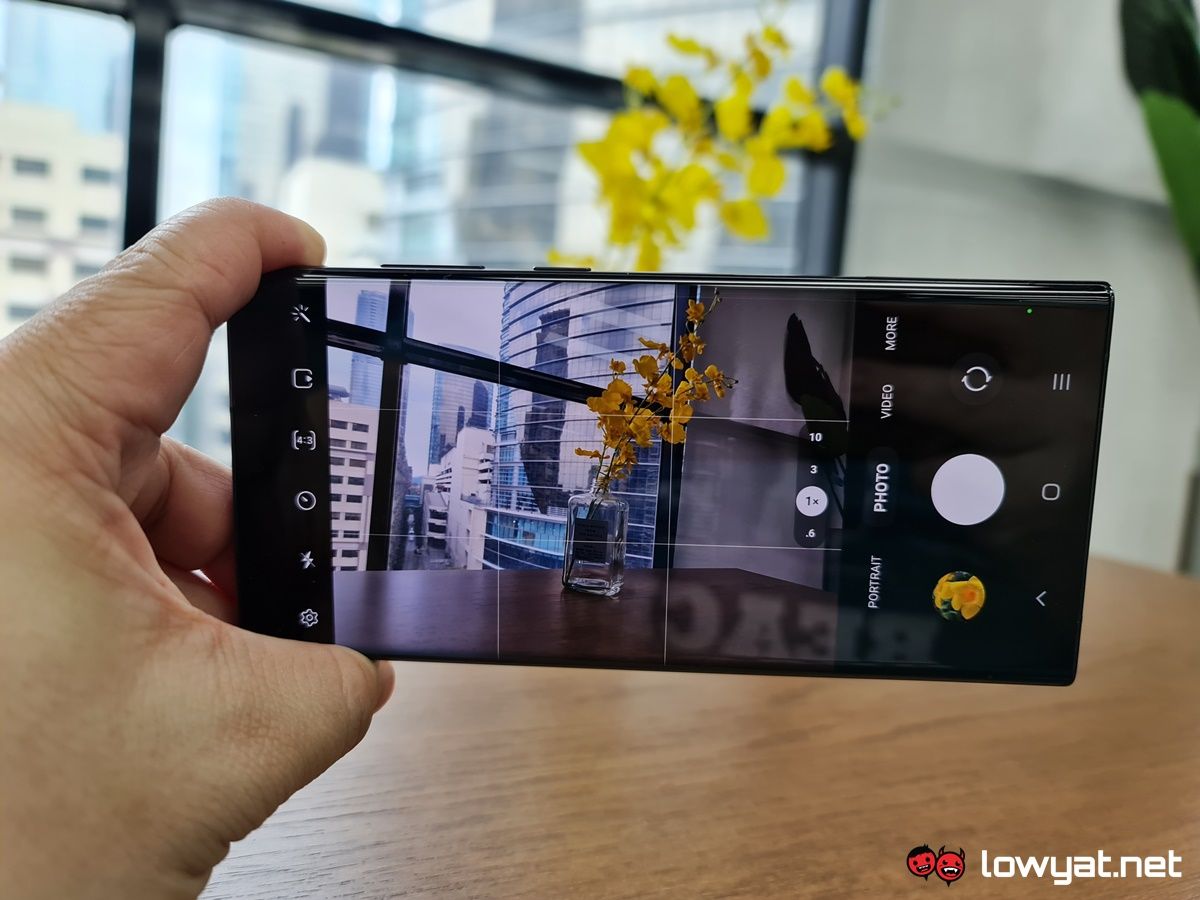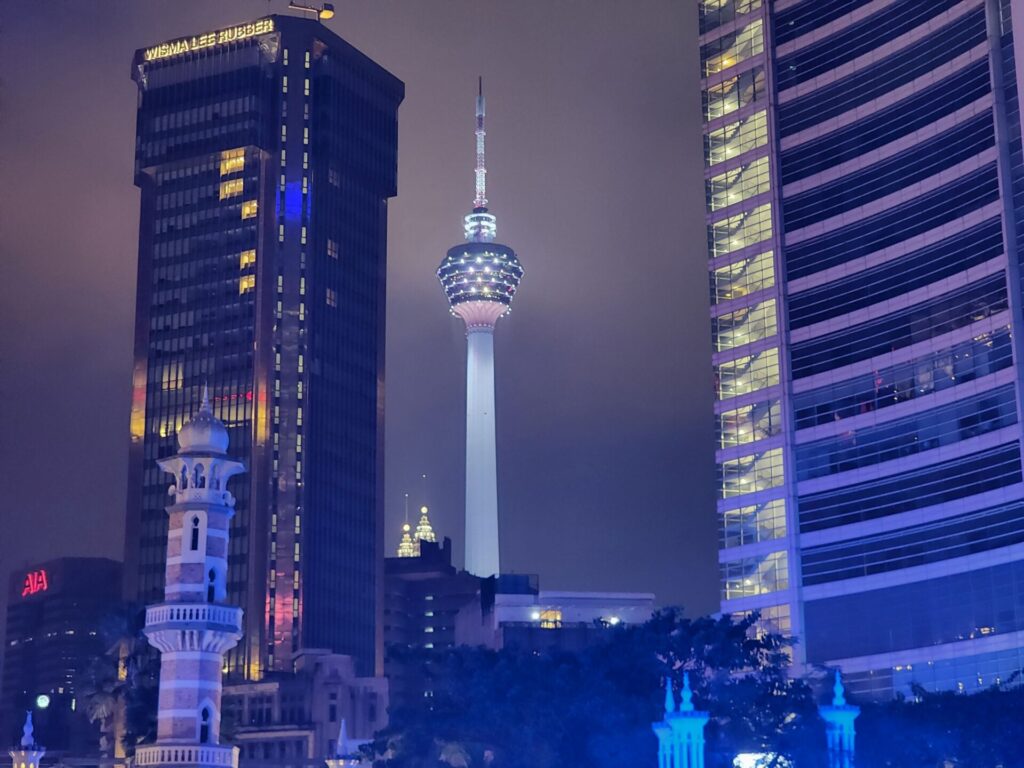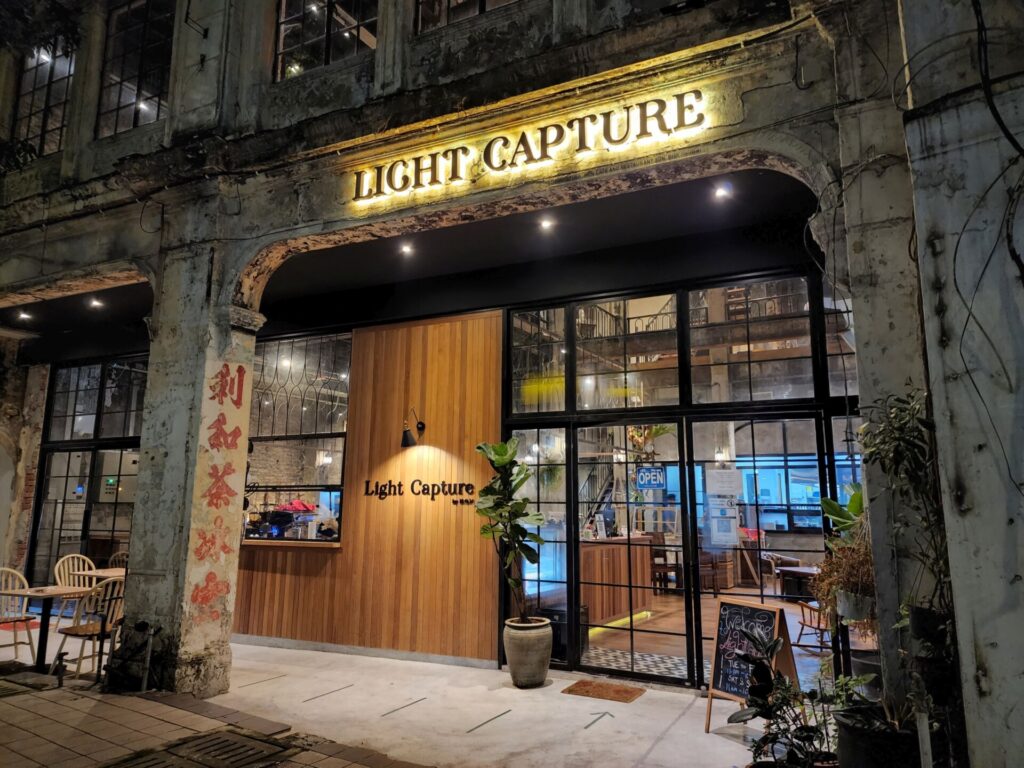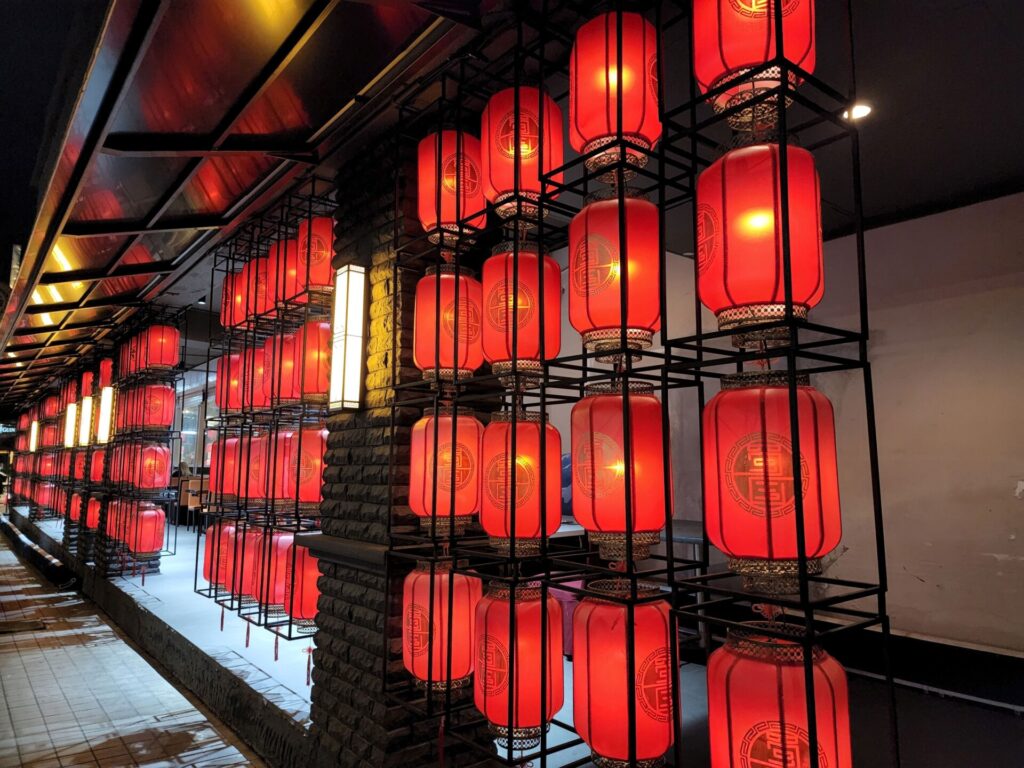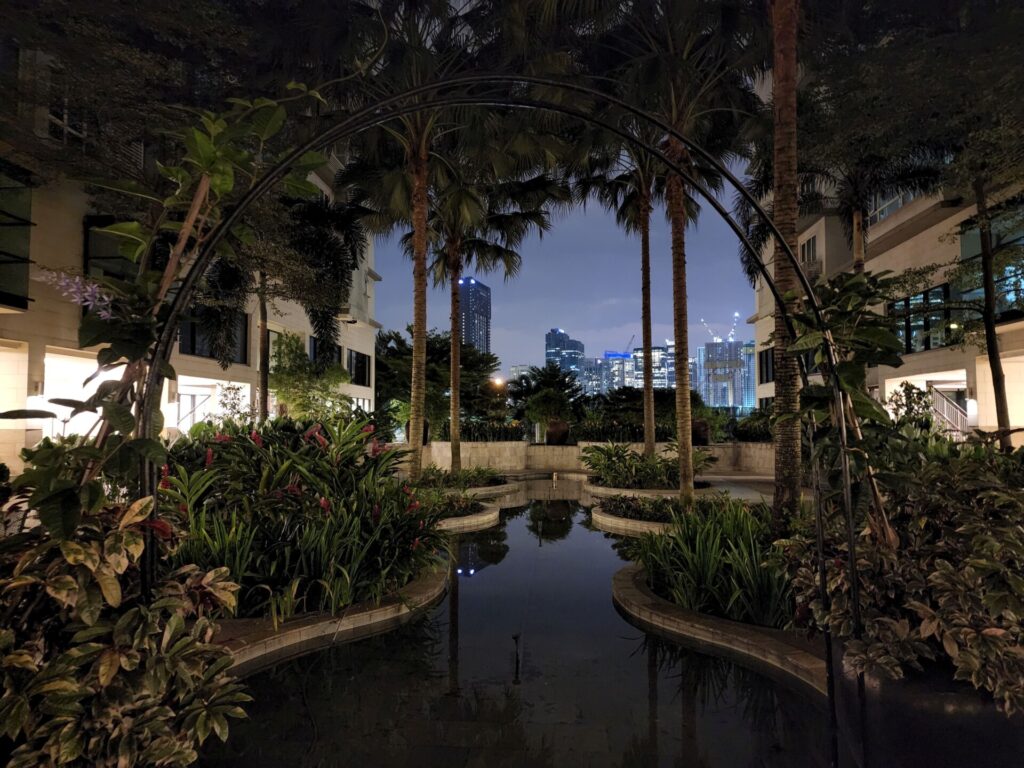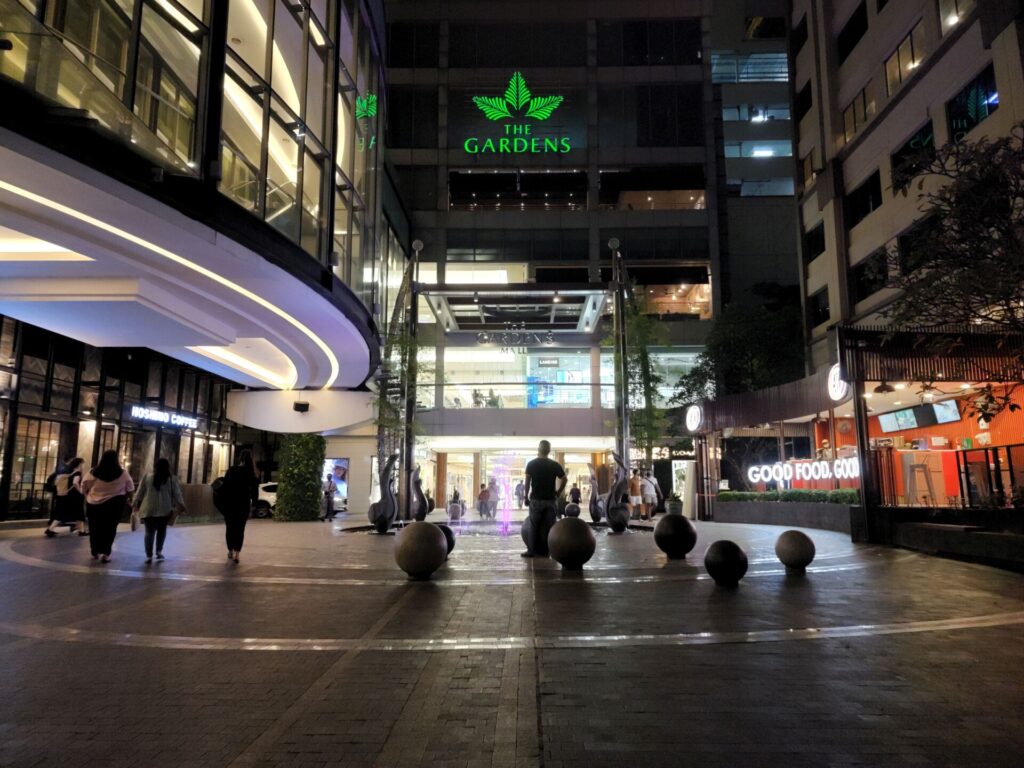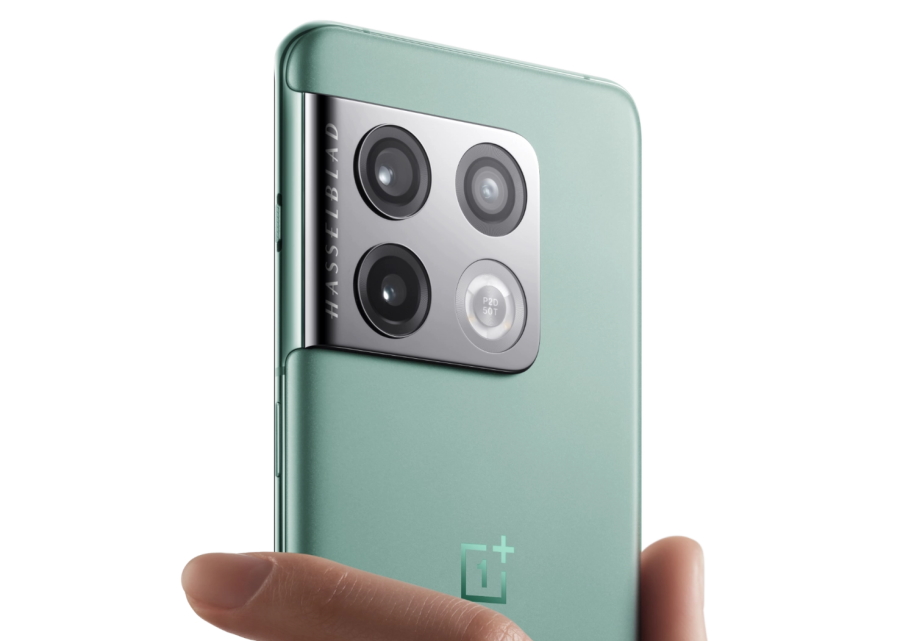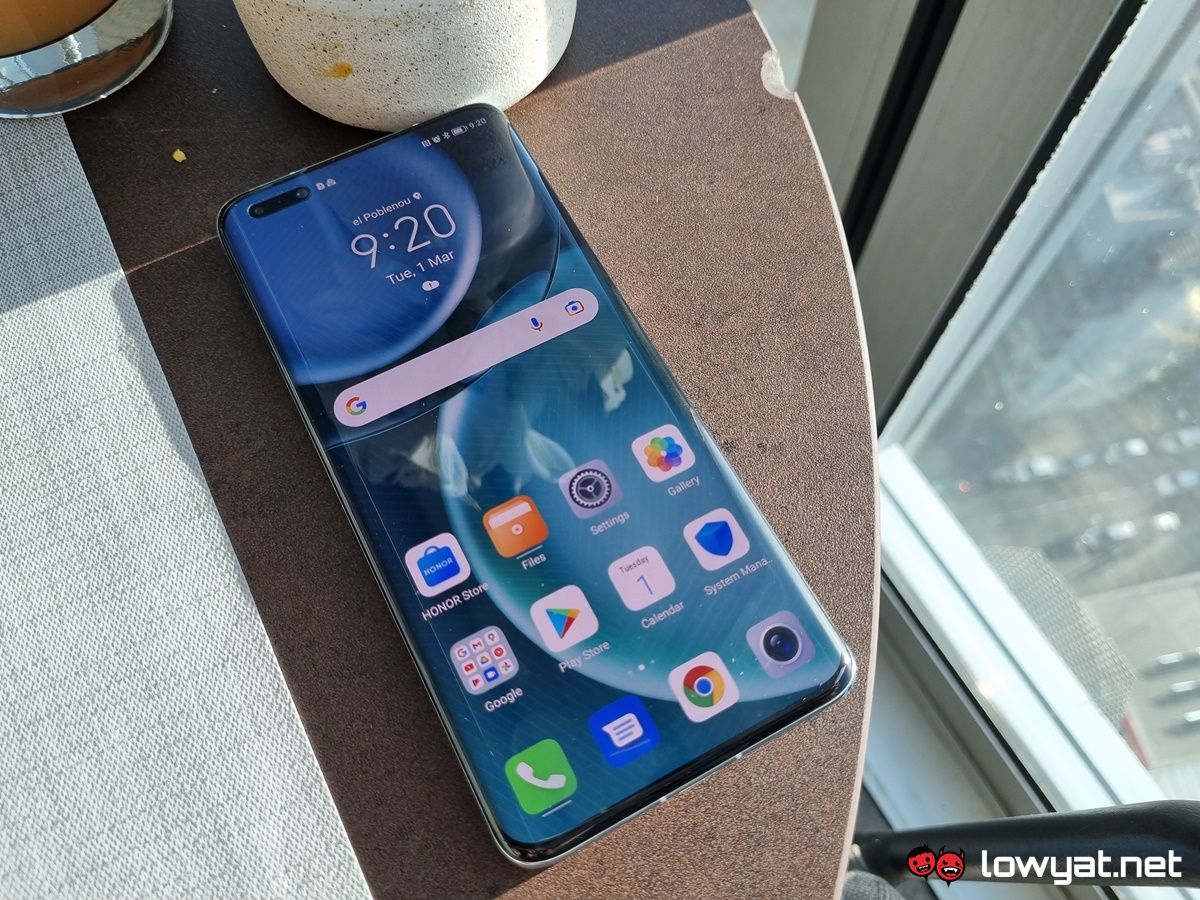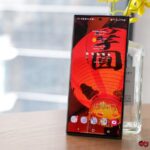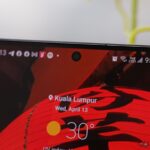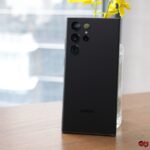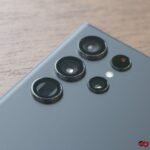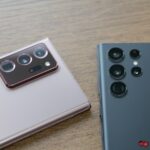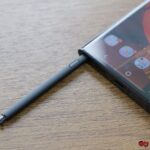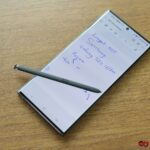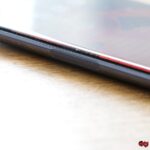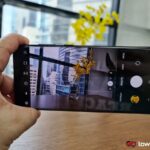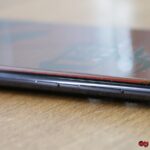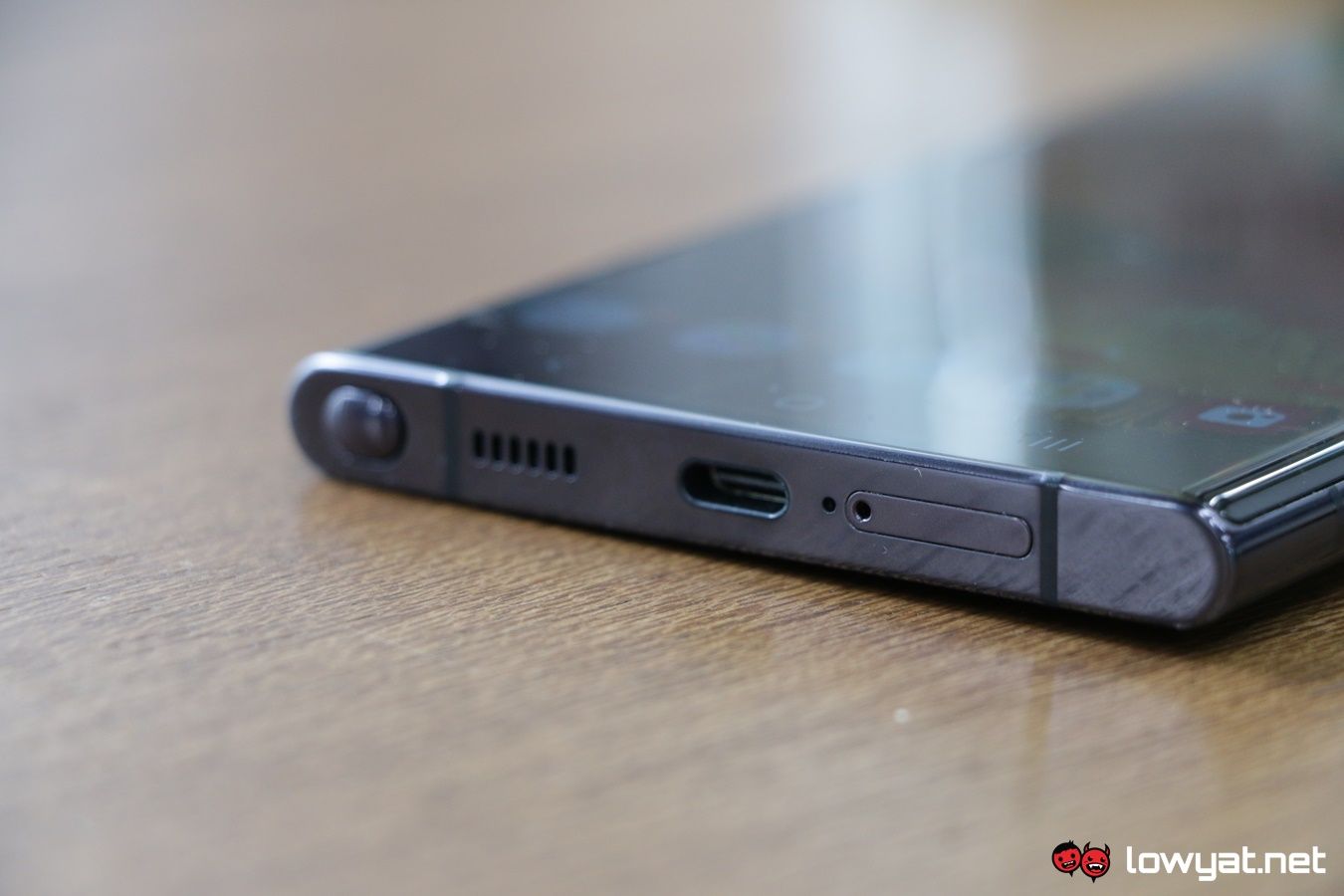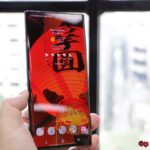The Samsung Galaxy S22 Ultra has been making its way around the town for a while now but for the unaware and uninitiated, the phone is a “first” and “re-envisioning” of sorts for the brand’s lineup; descriptions that apply to more than one aspect of the phone.
The ever-present question with the S22 Ultra, though, is: has Samsung knocked the ball out of the park with its latest flagship, or is this a repeat performance and, in some ways, an “if it ain’t broke, don’t fix it” scenario?
Specifications
Design
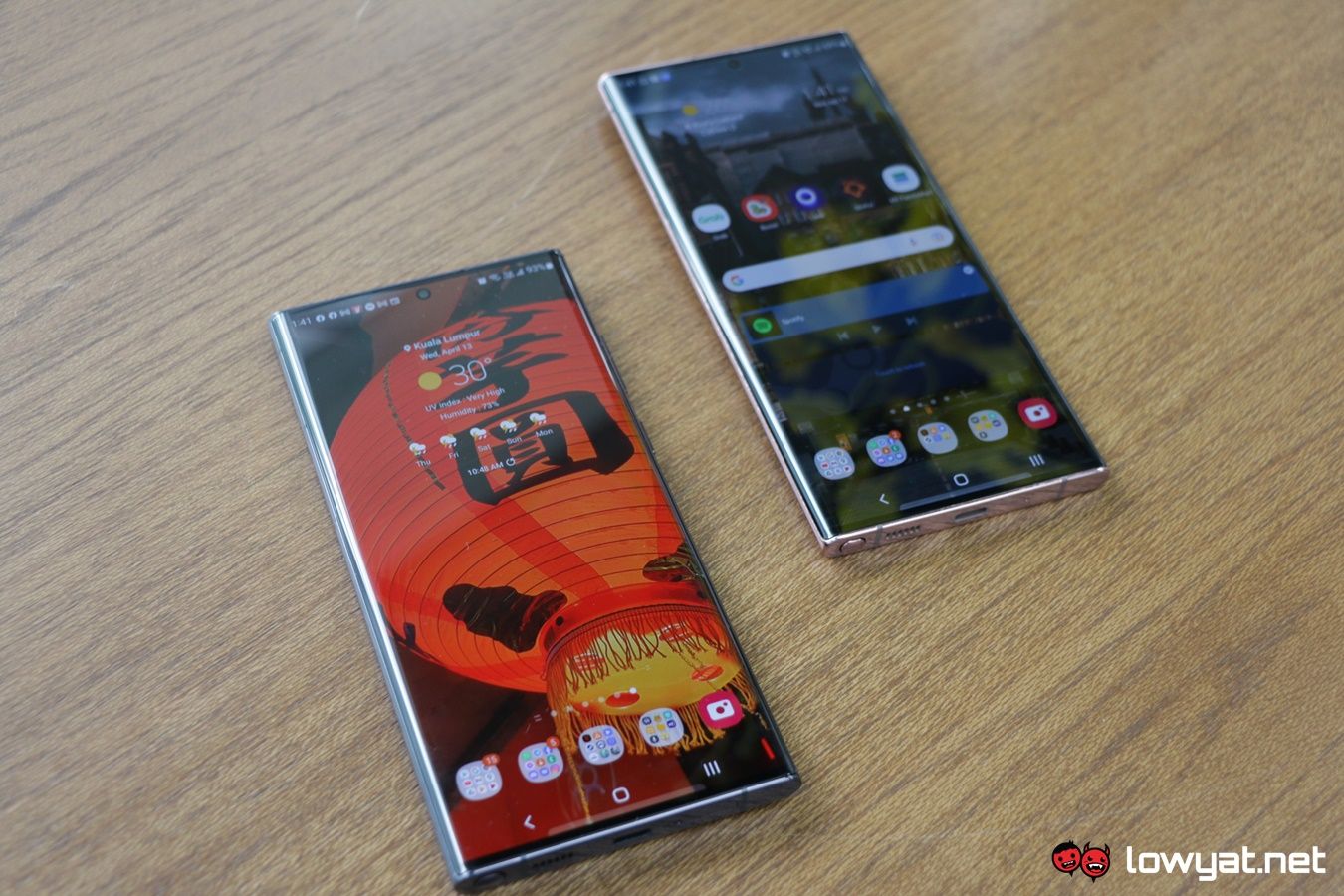
Unlike previous iterations of the series’ flagships, the S22 series are, for lack of a better way of putting it, keeping to a status quo. Instead of introducing a new design for both the Ultra and non-Ultra devices, Samsung is porting over last year’s fashion (read: S21 series) over to the new season, with the S22 Ultra taking its cosmetics from the now-defunct Galaxy Note series.
A familiar design from an overwhelmingly familiar series.
Having said that, there is little or no doubt that the borrowed shape, size, and design of the S22 Ultra is one of the hallmarks that define the phone. As a long-time Note user, I can tell you that holding the S22 Ultra, it feels like I never abandoned my Note20 Ultra and that, in turn, is also a slightly odd feeling. With the Galaxy S series, I have always associated its phones with ergonomically sensible looks and feeling in my hands; typically, I am able to comfortably wield their phones in one hand and even twirl it around effortlessly. With the adoption of the Note chassis, it is now, understandably, more challenging to pull the finger-driven athletics off.
Getting back on point, even the S22 Ultra’s display is identical to the Note20 Ultra. You get the same deep curves that look like your fingers would just fall off the edges but mercifully, you can still get some purchase and hold on to the phone. To that end, the display is slightly smaller than the Note20 Ultra and by that, I do mean slightly. Like, 0.1-inches smaller. Having said that, the colours of the S22 Ultra’s display feel deeper and, perhaps due to the nature of AMOLED, are visibly more saturated. As for the selfie camera at the top of display, that’s also been bumped up from 10MP to 40MP, but you’ll need to manually set select that resolution through its settings. On another note, the display’s material is made from Corning’s Gorilla Glass Victus+, which is said to be one of the manufacturer’s most durable and toughest glass, to date. With claims that, if the phone were to “accidentally” fall out of your hands and land display side down, the impact wouldn’t even leave a scratch on it, let alone a crack.
Pulling off to the sidebar very quickly: you’ll notice in one of the product shots, there is a cutout just below the power button that is quite distinctive. After a bit of research and asking around, I am now certain this cutout is for the 5G mmWave that is used for the US models of the phones, and it is unlikely that the models sold here will actually have it.
Moving on to the back of the phone, the S22 Ultra sports more or less the same colour options, only instead of the “Mystic” theme that Samsung used for the last Note series, you can get this phone in Burgundy, Green, and an assortment of “Phantom” primers: Black of White. The unit I have is Black. Of course, there is the new main camera cutout of the S22 Ultra, which frankly, does have me raising questions about what Samsung was thinking, but for what it is worth, it looks less conspicuous and literally sticks out less than the housing of the Note20 Ultra’ own main camera module. On that note, the main camera also comes with four sensors now, which is the same as last year’s S21 Ultra, but one additional sensor over the Note20 Ultra.
And the S-Pen completes the transition.
Of course, another hallmark of the S22 Ultra is, for the first time in the series’ history, the inclusion, installation, and addition of Samsung’s S-Pen. Again, like the Note20 Ultra, the integrated stylus is situated at the left side of the phone’s base and when in use, it openly provides me with all the note-taking features and accessibilities that I grew accustomed to with the Note series. Oh, and the phone still retains the same 5000W battery capacity but now supports a much, much higher and quicker 45W fast-charging.
User Experience
One of the first things I will recommend off the bat is: if you plan on getting S22 Ultra, get a casing immediately alongside it. The reason for it? The phone and its back are an absolute fingerprint magnet. If you’re not looking at getting a casing, though, I would then highly recommend that you get the Phantom Black motif. Of all its colours, it is the one that actually minimises the presence of any fingerprint smudges, but only to a measurable degree.
In a day-to-day use case: I’m really just repeating myself at this point, but it really feels a lot like the Note20 Ultra. The phone feels relatively well-balanced and isn’t unwieldy. To that end, I can still reach for it while it is in my pocket to check my messages or answer calls on the go, but because of its larger than average girth, I do still need to use both my hands to operate and navigate through slightly more demanding functions.
A fast, responsive experience, as one expects of a flagship.
Physical handling of the S22 Ultra aside, there is obviously more to it than its shape. The display, for instance, is brighter and from my point of view, feels more inviting than last generation’s S21 Ultra and Note20 Ultra. Everything, from the apps and widgets, to the words that appear on the screen, just seem to “pop” out and, for lack of a better way of putting it, look crunchy, if such a description is possible. For another matter, navigation is smooth and fluid, with no intermittent lagging visible whenever I swipe from page to page; apps load instantly, while switching between them are equally as effortless. On top of that, the under-display fingerprint scanner is still really fast and accurate, although I am certain a screen protector may affect said accuracy.
But if the deft performance of the S22 Ultra were to be condensed into one single component, it would clearly be the Qualcomm Snapdragon 8 Gen 1 SoC Samsung has opted over its homegrown Exynos 2200. If it hasn’t already been said, then allow me the honours to say this: Qualcomm’s SoC feels and performs like an absolute unit. It is the dominating chipset in the majority of synthetic benchmarks – except for AnTuTu. For whatever reason, the S22 Ultra isn’t allowing me to install it – with no lag whenever I am gaming. As for heat generation, the phone barely heated up in under duress, although if I were to pinpoint the exact area, the area where the phone really starts cooking is located at the upper half of the phone and more specifically, the area right next to the main camera array.
The Snapdragon 8 Gen 1 is a welcome chipset, albeit slightly kneecapped.
But as exciting as having the 8 Gen 1 as the chipset of choice for the S22 Ultra, there are a couple of features that are inaccessible with this particular chipset and more specifically, this phone. Firstly, and despite being a Qualcomm SoC, you can’t take advantage of any of the semiconductor maker’s QuickCharge technology, and that, in turn, means you’re basically limited to Samsung’s own proprietary fast-charging technology.
To be clear, this isn’t me saying that you’re worse off with the Korean giant’s own fast-charging technology. However, compared to other flagship smartphones powered by the same SoC, it means that your access to ultra-fast charging for the S22 Ultra is limited to the power adapters that were bundled with previous flagships. Why previous flagships, you ask? Because Samsung’s new recycling and waste-cutting measures mean that all future flagship smartphones will no longer be packaged with the USB charging adapter. Alternatively, if you want to take full advantage of the 45W fast-charging, you’ll need to purchase it separately from the nearest Samsung store.
The other deprivation is the lack of support for Qualcomm’s aptX codecs. It’s not a huge loss, but honestly, I think it’s a little stupid that Samsung wouldn’t simply provide this as an option. And more of a consistently missed opportunity.
Of course, one cannot write about the S22 Ultra and not speak about the addition of that one physical feature to it: the S Pen. For users upgrading from the Note20 Ultra, you’ll be happy to know that the S Pen of the S22 Ultra is verbatim to the Note20 Ultra’s, at least in its shape, length, and thickness.
Having said that, the stylus of the S22 Ultra somehow feels more comfortable to hold and write with, and I suspect it has something to do with the texture that is being used. Instead of the polished material used with the Note20 series, the one in the S22 Ultra uses a grippier – and in this case, black – matte material, which clearly prevents it from slipping out of your fingers. For that matter, taking down notes and writing with it also feels a lot more comfortable, as well a lot more natural; the amount of pressure I apply while writing feels, if anything, more precise and accurate, as compared to when I do the same with the Note20 Ultra.
The legs on this phone’s battery are very long.
Last but not least is the battery performance of the S22 Ultra. On a full charge, the display’s refresh rate set to standard, combined with the power-efficiency of the Snapdragon 8 Gen 1, the phone was able to maintain its composure for over two days, which is actually quite impressive. And that’s with just using it as my daily driver. As a full-on media device that I use to stream shows from Netflix, YouTube, or my Plex servers by the hour, the phone is able to sustain my binging habits for nearly 13 hours before it reached single-digit battery life.
As for charging the phone, once again, it really depends on the charging plug you have. With the older Samsung adapters, the S22 Ultra’s battery life reached 100% in under an hour, whereas non-Samsung adapters took a little more than an hour to fully charged.
Camera
Much like the S21 Ultra, Samsung has chosen to retain the same quad-camera main array for the S22 Ultra, with some minor tweaks having been done to it, naturally. For starters, the focal length of the 108MP main sensor is shorter by 1mm, while the dual 10MP telephoto lenses have also been shortened by 10mm and 2mm, respectively. That said, and as with all Samsung flagships that are fitted with the 108MP sensor, you will need to manually select it as an option within the camera setting, as it isn’t activated by default. Aside from that, the end results from using it as my primary shooter are praiseworthy.
On a quick sidebar, I can’t say I am a fan of the camera’s new cutout housing. After several generations of main cameras literally being squared in, to see each sensor and lens getting their own individual housing feels a little odd and, dare I say it, naked.
Getting back on the quality of the pictures taken with the S22 Ultra’s main camera, many of the pictures that I captured – especially during the evening – actually managed to retain a lot of detail without looking too artificial. Having said that, it is also both clear and obvious that the onboard AI engine of the Snapdragon 8 Gen 1 is working its magic; a good few of the images were taken in nearly pitch-black conditions, yet the imaging engine is able to make the corrections to the point that it feels as though there actually was light.
Sample Images
108MP Sample Images
Competition
As to what phones can given the Galaxy S22 Ultra a run for its money, there are a couple of options I can think of, with some of them having been launched in the last month or so. Below are the devices that made the list.
OnePlus 10 Pro
Despite the muted fanfare by its parent company, the OnePlus 10 Pro is, in my books at least, still a strong competitor for the S22 Ultra. Like its Korean counterpart, the phone is powered by a Snapdragon 8 Gen 1 and is equipped with 12GB LPDDR5 RAM.
For its display, the screen measures 6.7-inch and uses an AMOLED LTPO display, with a native resolution of 3216 x 1440 pixels and a refresh rate of 120Hz. It’s main selling point, however, is its main camera, which is co-developed by Hasselblad and comprises a 48MP Sony IMX789 main, a 50MP Samsung JN1 ultra-wide, and an 8MP telephoto.
Lastly, the phone is powered by a 5000mAh dual battery, which also supports 80W SuperVOOC fast charging, courtesy of its sister brand, Oppo. Price-wise, the phone is relatively cheaper than the S22 Ultra too at RM4199.
Xiaomi 12 Pro
The Xiaomi 12 Pro makes the list, primarily because it is one of the first flagship devices to flout the Snapdragon 8 Gen 1 SoC. On top of that, it also has 12GB RAM, but its internal storage capacity is limited to just 256GB UFS 3.1.
Other internal specifications include a 4600WHr battery with support for 120W Hypercharge fast-charging and 50W wireless charging, as well as Bluetooth 5.2, Wi-Fi 6 support, and an under-display fingerprint scanner. What makes the 12 Pro unique is its triple-threat 50MP main camera system, with each sensor dedicated to handling wide, ultra-wide, and telephoto shots. Price-wise, the 12 Pro costs RM3899 but unlike the S22 Ultra, the phone is only available in a single configuration.
HONOR Magic4 Pro
The HONOR Magic4 Pro technically represents the brand’s grand return into the Google space after splitting from its parent company, Huawei. Strictly speaking, the phone isn’t available in the country yet, and HONOR is still not saying when exactly the phone will be hitting our shores.
That aside and from my brief experience with it in March, the Magic4 Pro has an impressive resume. It’s got the Snapdragon 8 Gen 1 SoC, 8GB LPDDR5 RAM, a large 6.81-inch Full HD+ OLED panel with 120Hz refresh rate, and UFS 3.1 storage. Moving on to its main camera, the phone has got what HONOR call the “Eye of Muse” housing, containing a 50MP wide main, 50MP ultra-wide, and a 64MP periscope telephoto lens.
Conclusion
As I mentioned at the start of this review, the Samsung Galaxy S22 Ultra is “first” in several regards. It marks the first time that the Korean brand has decided to integrate its Galaxy S series with its Note series. In conjunction with that, the integration also makes the S22 Ultra the first in the series to ship out with a built-in S Pen, thus marking the end of a decade-old lineup. For individuals like me that are using the Note series, my experience with it can be summed in two words: familiar territory.
The Samsung Galaxy S22 Ultra marks a new path for the Korean giant, and one that is off to a decent start.
The S22 Ultra is also the first Galaxy S flagship where Samsung decided to ship the phone out with the Snapdragon 8 Gen 1 SoC, rather than its own RDNA2-powered Exynos 2200 chipset. While the brand has mentioned that the choice ultimately boils down to a production issue, it is, in my humble opinion, a sound decision, given its tried and tested performance metrics.
At a starting SRP of RM5099, though, the S22 Ultra isn’t the cheapest flagship smartphone currently on the market and as you can see, you are spoilt for choice. To that end, I think it is the stylus that, ultimately, could serve as the deal-breaker for those looking to make the leap. Whatever the choice, I can assure you that you will not be disappointed with this offering from Samsung.
Photography by John Law.
Follow us on Instagram, Facebook, Twitter or Telegram for more updates and breaking news.



